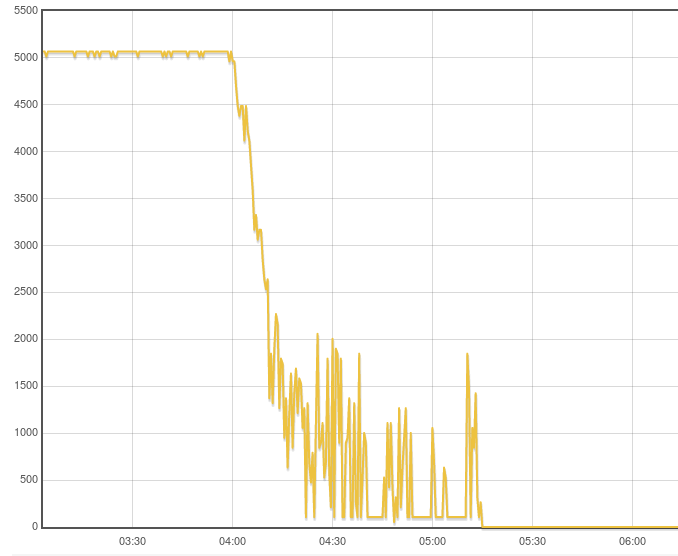Superchewie
Member
Hi folks,
During a recent ChargePoint charging session (in which I needed a battery level near to 100% at the end), I noticed some interesting behaviour by the EVSE close to the end of the charge. It seems like the EVSE would ramp down to near zero amps, then up for a bit, then back down.
This should be a link to a photo of the charge record on Imgur:
https://imgur.com/gallery/vwHYe
I suppose this is actually controlled by the Leaf?
If anyone cares to "explain like I'm 5" this behaviour to me, I'd appreciate it! I'd like to sound smart to my new-to-EV friends.
Thanks!
During a recent ChargePoint charging session (in which I needed a battery level near to 100% at the end), I noticed some interesting behaviour by the EVSE close to the end of the charge. It seems like the EVSE would ramp down to near zero amps, then up for a bit, then back down.
This should be a link to a photo of the charge record on Imgur:
https://imgur.com/gallery/vwHYe
I suppose this is actually controlled by the Leaf?
If anyone cares to "explain like I'm 5" this behaviour to me, I'd appreciate it! I'd like to sound smart to my new-to-EV friends.
Thanks!




